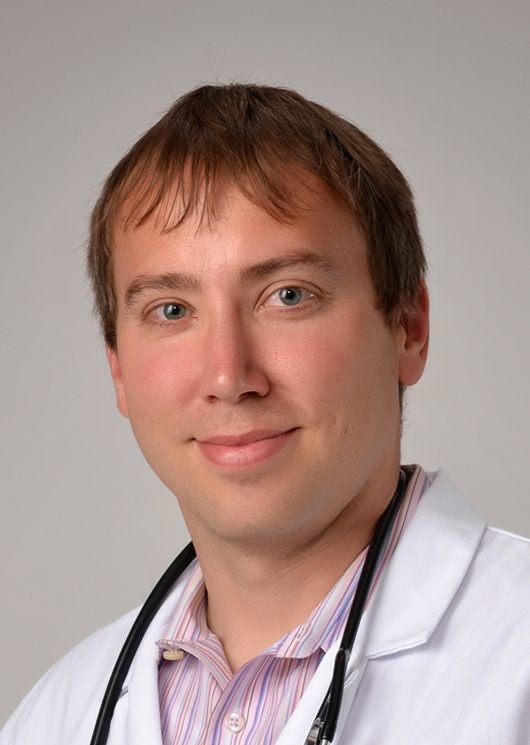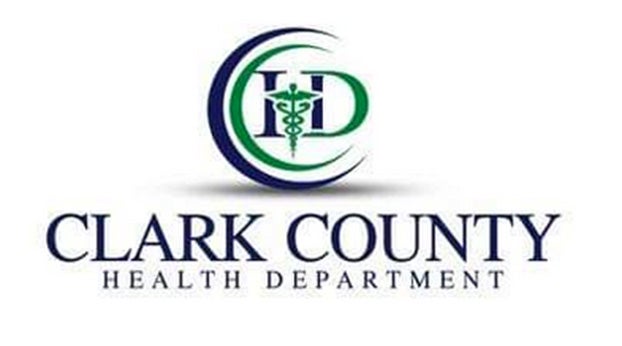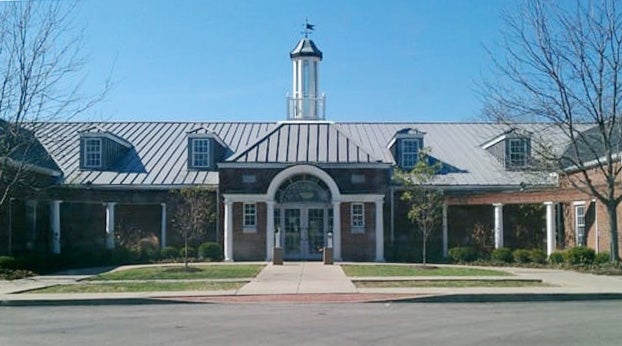Lung Cancer: It’s not just a ‘smoker’s disease’
Published 2:44 pm Friday, November 16, 2018
Many people think of smoking as the most obvious cause for lung cancer. While cigarette smoking has certainly been established as a major risk factor and the number one cause for lung cancer, it’s important to note lung cancer is not just a “smoker’s disease.”
In fact, according to the Centers for Disease Control and Prevention, lung cancer is the second most diagnosed cancer in both men and women in the U.S. and the leading cause of cancer death.
As many as 20 percent of lung cancer fatalities can be attributed to those who have never smoked or used any form of tobacco, according to an article published by the American Cancer Society.
Cigarette smoking remains the number one risk factor for lung cancer. Use of other tobacco products like pipes and cigars also increases your risk.
Risk factors that can cause lung cancer in people who have never smoked include exposure to radon gas, secondhand smoke, carcinogens like asbestos and diesel exhaust, air pollution and also certain gene mutations.
Signs of the disease can vary from person to person. Some of those affected may have symptoms related to the lungs or to another part of the body if the cancer has spread, or may have a general feeling of being unwell.
Most people will not have symptoms until the cancer has advanced. Symptoms may include coughing that gets worse or doesn’t go away, chest pain, shortness of breath, wheezing, coughing of blood, constant feeling of being very tired, weight loss without a known cause, repeated instances of pneumonia and swollen or enlarged lymph nodes inside the chest area between the lungs.
These signs can also suggest the presence of other illnesses, so it’s important to discuss any symptoms with your primary care provider.
The good news is there are several things you can do to help reduce your risk of developing lung cancer.
The first and most important thing is to refrain from smoking, since cigarette smoking has been proven to cause the vast majority of lung cancer deaths in the U.S.
Refraining from other uses of tobacco like pipes and cigars can also help you reduce your risk, as can avoiding secondhand smoke, testing your home for radon, limiting your exposure to carcinogens at work and home and eating a healthy diet with plenty of fruits and veggies.
Since lung cancer symptoms do not show up for most people until the disease has advanced, early detection can be a key to finding and more effectively treating lung cancer.
A low-dose computed tomography scan (CT scan) uses X-ray equipment and advanced technology to help identify suspicious spots on the lungs that may be cancerous. It is a painless test and usually takes less than a minute to complete.
Low-dose CT scans do come with some risks, including the chance for fake-positive results, over diagnosis leading to unnecessary treatment and cancer resulting from radiation.
Because of the risks, annual lung cancer screenings with this method are recommended only for those who:
— Have a history of heavy smoking (30 packs a year or more) and
— Smoke now or have quit within the past 15 years and
— Are between 55 and 80 years old.
Medicare and many insurance programs cover the cost of lung cancer screenings. Talk with your provider about your risks and if a lung cancer screening is right for you.
If you don’t have a primary care provider, call 888-847-DOCS (3627) or visit the “Find a Doctor/Provider” tab at clarkregional.org to get connected with one today.
For more information on lung cancer risks, symptoms and prevention, visit www.cdc.gov/cancer/lung and www.cancer.org/cancer/lung-cancer.html.
Dr. Stephen Anderson is an oncologist/hematologist at Clark Regional Medical Center.






